VET APPROVED

The information is current and up-to-date in accordance with the latest veterinarian research.
Learn more »Click to Skip Ahead
Bengals are known for their stunning patterns, light-colored eyes, and close resemblance to the beloved “big cats” of the wild. These cats are about the size of domestic house cats, but their lineage is traced to that of leopards.
Breed Overview
Height:
13 – 16 inches
Weight:
8 – 17 pounds
Lifespan:
10 – 16 years
Colors:
Brown spotted, seal lynx point, sepia, silver, mink
Suitable for:
Experienced cat owners
Temperament:
Intelligent, energetic, playful
Their unique appearance and interesting personalities have made them some of the most beloved cats all over the world. These exotic cats are interesting, to say the least. But in this post, we’re going to discuss more about the background of these cats and a few facts about them that may interest you. If you’re considering getting a Bengal cat for your home, read on.
Bengal Cat Characteristics

The Earliest Records of Black Melanistic Bengal Cats in History
Bengal cats as we know them today originated around 1963 when a breeder by the name of Jean Mill began breeding leopards with typical domestic cats. It was at this time that these hybrid cats became more common.
How Black Melanistic Bengal Cats Gained Popularity
As more celebrities and public figures have taken to the cats, the rise of social media and platforms such as Pinterest, Instagram, and Facebook have also played a part in how popular Bengal cats have become in recent years. Bengal cats gained popularity over the past 30 or 40 years. People have simply fallen in love with the exotic appearance and energetic personality of these cans.
How Did This Breed’s Role in Human Society Change Over Time?
Conservationist Jean Mill first developed Bengal cats in order to stop the acquisition of wild cats as pets. Her intention was to prevent the extraction of wild animals from their natural environment. By getting people to associate the exotic-looking fur with a pet they loved, she hoped to prevent the use of their fur to make clothes and get rid of cruel fashion trends.
Formal Recognition of Black Melanistic Bengal Cats
Bengal cats were recognized as a breed by The International Cat Association in 1986 and gained championship status by 1991. However, melanistic Bengals are more of an unofficial coloring and haven’t necessarily been recognized by any cat associations. Regardless, these cats are sold by several breeders in the United States and worldwide.

Top 10 Unique Facts About Black Melanistic Bengal Cats
Bengal cats are about the size of regular house cats, but they do have certain characteristics other than the fur’s pattern that makes them especially unique. Let’s look at a few facts about these cats that potential owners may find interesting.
1. They Love Water
Bengals love playing in the water. A Bengal will often take fairly well to monthly baths and time in the outdoor kiddie swimming pool. They also have no qualms about drinking straight from your faucet in my bathtub.
2. They’re Pretty Strong for Housecats
Although they are not as big as “big cats,” their physique is still strong and athletic. Bengals are generally between 8 and 15 pounds. So, don’t be surprised if you find that your Bengal cat has a bit more energy than the regular house cats. They love to jump around on high ledges, speed around in open rooms and will play freely in your backyard if you let them.
3. Bengals Are Easily Trainable
Bengal cats are a very smart breed, and they have some of the same instincts that their leopard lineage does. They are eager to learn new tricks and can even easily be trained to retrieve toys or perform basic commands.
You can also train them to walk with a leash, similar to dogs. Note that these cats are hungry for daily mental stimulation. Things like interactive food puzzles and treat-based toys can help them challenge their minds.
4. Bengals Have a Lot of Energy
These lively felines are very active and almost always “on-the-move,” a trait that its leopard ancestors required for survival. Bengals are very playful and love to play with humans. Even though they love to play with their owners, some have been known to hide jewelry and other small objects that you love, all in an effort to try to get attention.
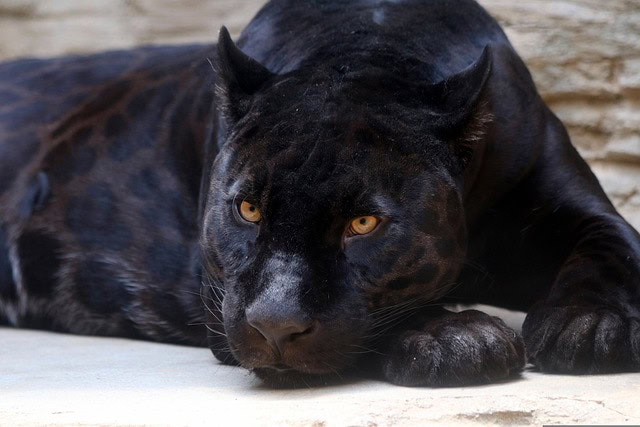
5. Bengals Are Illegal in Some States
Believe it or not, these hybrid cats are actually prohibited in several states. It’s illegal to own a Bengal in New York City and Hawaii, and cities including Denver and Seattle have implemented restrictions on owning these cats. So, before you search for a Bengal cat to add to your family, be sure to verify the local laws regarding ownership.
6. They Are Very Social
Regular interaction can be the key to keeping your Bengal happy. These social animals love spending time with their owners. So, if you have more than one Bengal, they will likely make for great playmates, in addition to animals such as dogs and other cats.
However, note that if you don’t give your Bengal enough attention and activities to keep them busy, the cat may soon destroy things in their attempt to create entertainment.
7. They Need Vertical Space
Bengal cats love jumping on things. These cats are skilled climbers and jumpers and love to explore high places. So, expect them to jump on all of your cabinets, drawers, and any high points in your home. And in many cases, you may want to cat-proof these areas just to keep your Bengal safe while they burn off that excess energy.
8. Bengals Are Natural Hunters
The instinctive predatory instinct of the Bengal runs very deep, which probably isn’t surprising given their lineage. These cats are skilled and avid hunters and love to hunt fish.
So, whether it is a mouse in your home or cricket in your backyard, guarantee that if your Bengal cat sees it, they’re going to go for it. For this reason, Bengal cats really aren’t suitable to live in homes with other smaller animals, which include rabbits, guinea pigs, and hamsters.
9. Melanistic Bengal Cats Are Like Black Panthers
Solid black Bengals are the cat version of the melanistic color variant of leopards and jaguars: the black panther. Solid black or melanistic Bengals have black patterns over a black background color. Their patterns are called “ghost markings” or “ghost spots” because they are the same black color, which makes them barely visible. With good daylight, the pattern is still visible just like in a black panther. Smoke black Bengal cats are a silver variation of a melanistic Bengal cat. However, none of these colorations are officially recognized by any cat association.
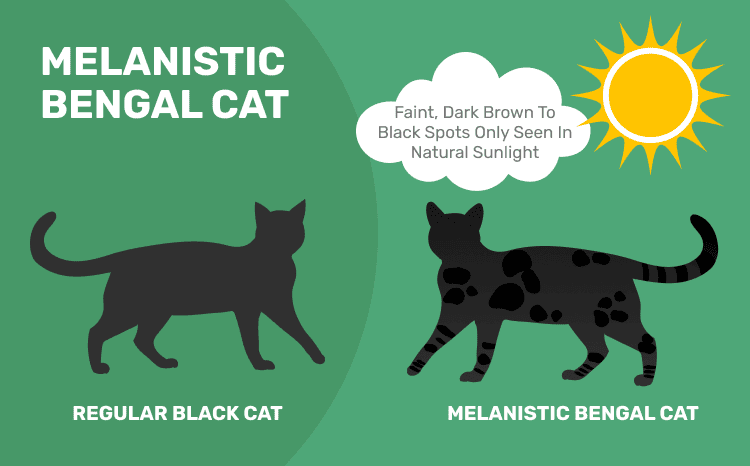
10. Black Bengal Cats Are Not Officially Recognized
Melanistic black Bengals (aa agouti genes) have barely visible ghost markings. Smoke black Bengal cats are a silver variation of a melanistic Bengal cat; however, none of these colorations are officially recognized by any cat association. The International Cat Association recognizes the brown tabby, silver tabby, seal lynx point, seal sepia tabby, seal mink tabby, spotted, marble, charcoal spotted, and charcoal marble patterns.

Do Black Melanistic Bengal Cats Make Good Pets?
Yes, these cats can make for very entertaining house pets. Bengal cats are highly desirable pets due to their intelligence, athleticism, and loyalty. When socialized properly, these cats can be very social and bond with their family and other pets in very special ways.
Though Bengals can be very active and require a bit more attention than other cat breeds, they definitely make it worthwhile. Bengals are affectionate and extremely social, so you can expect them to get along with your dogs or other cats that you may have in the home.
However, similar to both house cats and wild cats, they may not like being held for long periods of time and may not make the ideal lap cat, so expect some squirming if you try to restrict them in any way. Another benefit of having these cats is that they are energetic and independent. So, if you want a house pet but don’t have quite enough energy for a dog, a Bengal cat may be a good option.
Understand that getting to know your Bengal can take some time, and this breed really isn’t for every cat lover. They need lots of interaction to keep from running up your walls, and it is important to understand that they do require a certain level of independence and freedom while they are living in your home.
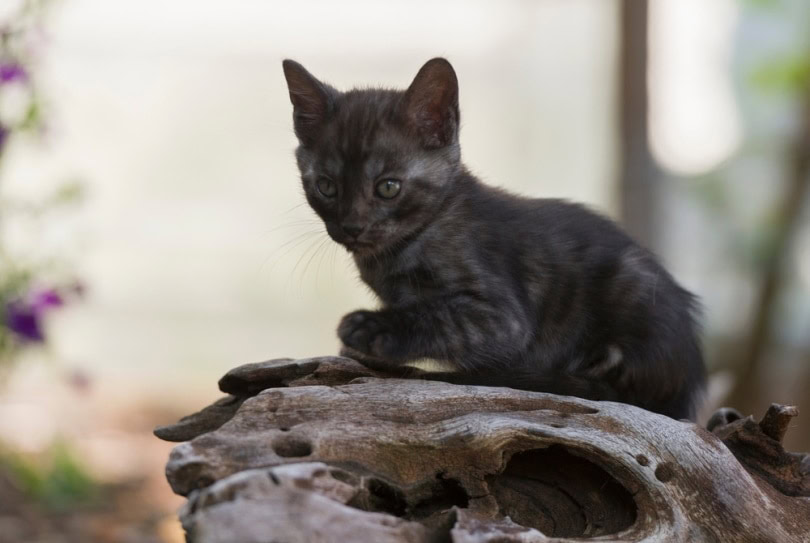
Grooming & Maintenance
Bengal cats aren’t hypoallergenic, though they are known to shed way less than typical house cats. This is because they have a single coat that is short and dense and may only need brushing on a weekly basis.
This breed is known for its cleanliness, and they will quickly get used to their litter box. Interestingly, Bengals don’t tolerate dirt too well, so it’s important that the litter box be regularly cleaned every few days to avoid bad odors. If there is an unpleasant odor, they may not want to use it, which can lead to a lot of intentional “accidents” around your home.
How Much Is a Black Bengal Cat?
The average price for a black Bengal kitten is between $3,800 and $5,300. And in some cases, you may find breeders selling these cats at well over $5,000. The asking price can depend on a few different factors including lineage, overall health, its parents, reputation, and the breeder location.

Conclusion
Black Bengal cats are truly a sight to behold, though they are less coveted than their brown and snow-colored counterparts. However, these cats can also cost a pretty penny, often causing thousands of dollars for just one kitten.
If you plan on buying a Bengal cat for your home, be sure that you have some sort of play area set up for the cat, as these exotic cats love to jump around on furniture and are very energetic on a daily basis.
They love playing in water and typically require less grooming than typical house cats. Other than these notable differences, you’ll find that owning a Bengal cat is for the most part the same as owning a typical house cat.
Featured Image Credit: PangoVet.com
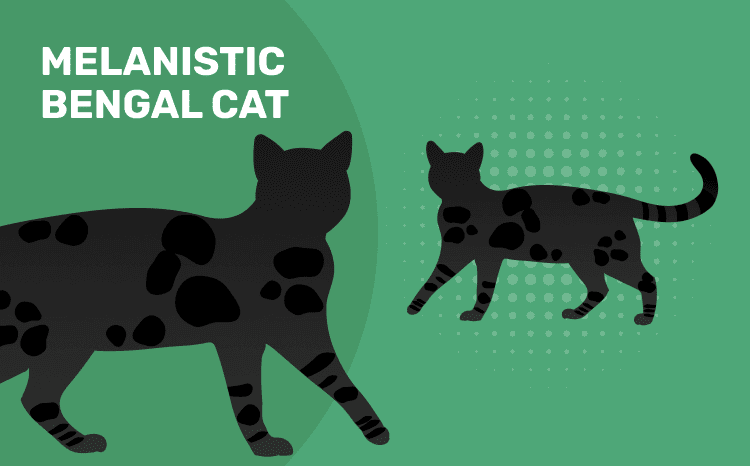






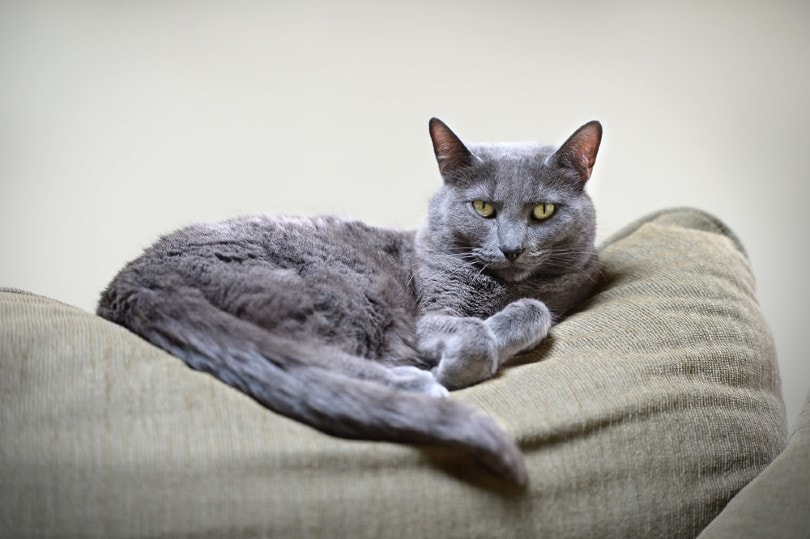
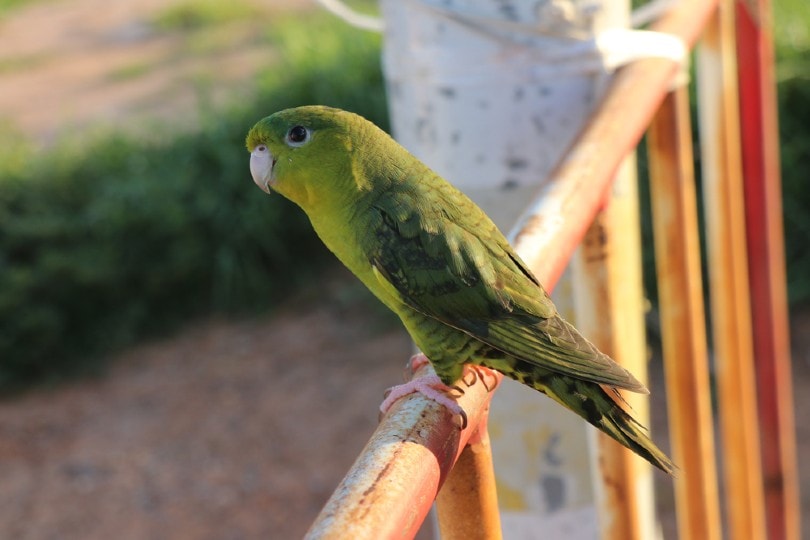



One Response
Great breakdown of the black Bengal’s history and traits! One aspect that often surprises people is how their ghost markings interact with light. Under direct sunlight or certain indoor lighting, you can see subtle rosettes or marbling—almost like a hidden pattern revealing itself. It’s a fascinating link to their wild ancestry, much like black panthers, whose spots are only visible under infrared light.
Also, I noticed you touched on their love for water. This trait is so pronounced in Bengals that some even enjoy supervised swimming! It’s likely a combination of their high intelligence and curiosity, making them one of the few cat breeds that actively seek out water rather than avoid it.
Regarding their social nature, I’d add that while they bond deeply with their humans, they can also be a bit selective—almost dog-like in their loyalty. Have you found that some Bengals form stronger attachments to specific people in a household rather than being equally affectionate to everyone?
For anyone considering adopting one, it’s crucial to understand their high-energy needs. Without proper enrichment, they can become destructive—but with the right setup, they’re one of the most interactive and rewarding cat breeds to own.